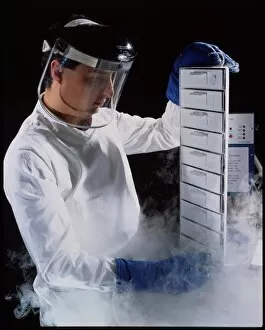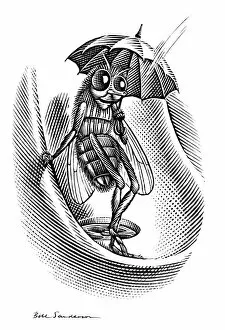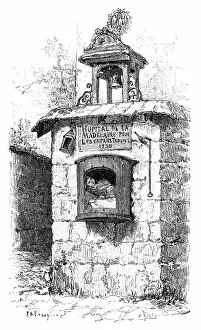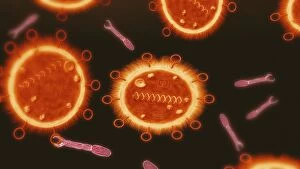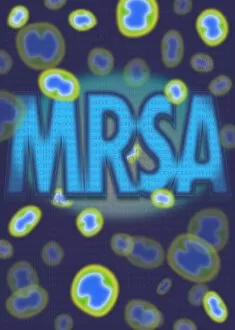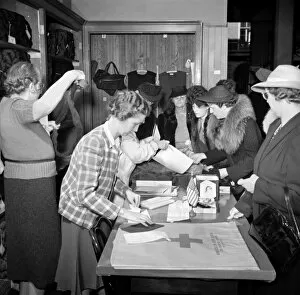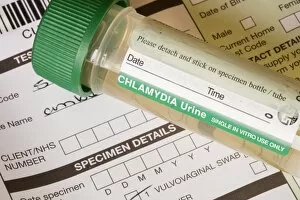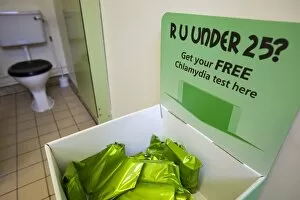Public Health Collection (#6)
"From Faraday to Father Thames: A Journey through Public Health" Step into the world as we explore its rich history and diverse facets
For sale as Licensed Images
Choose your image, Select your licence and Download the media
"From Faraday to Father Thames: A Journey through Public Health" Step into the world as we explore its rich history and diverse facets. Our journey begins with a Punch cartoon depicting Faraday, the renowned scientist, handing his card to Father Thames, symbolizing the intersection of science and public welfare. Next, we find ourselves in an old-fashioned outdoor lavatory in Amsterdam, witnessing how sanitation measures have evolved over time to ensure community hygiene. Moving forward, a Soviet cholera vaccination poster from 1967 reminds us of the global efforts made to combat infectious diseases. Delving deeper into history, we uncover a smallpox treatment document from New England dating back to 1677. It serves as a testament to humanity's resilience and determination in eradicating deadly diseases that once plagued our societies. The phrase "Water. Water. Everywhere; and not a Drop to Drink" echoes through time as we confront water scarcity issues faced during the California Gold Rush in 1849. This reminder prompts us to appreciate access to clean water as an essential component of public health. Examining a salmonella culture under a microscope reveals the meticulous work done by scientists in identifying pathogens and preventing outbreaks. Similarly, an AIDS sign displayed prominently in Ethiopia's Gimbii village showcases grassroots efforts towards raising awareness about HIV/AIDS prevention. Shifting gears towards recreational safety, we encounter an image capturing the lone surfer braving mighty waves—an embodiment of personal responsibility amidst potential risks associated with extreme sports. As our exploration continues, we come across historical accounts like bubonic plague outbreaks in France—a stark reminder that pandemics have shaped human history throughout centuries. Meanwhile, an engraving from Harpers Weekly depicts a New York City policeman shooting a mad dog on Broadway—highlighting early attempts at controlling rabies transmission for public safety. Finally, Gordon Parks' photograph transports us back to Washington D. C. , 1942 where three children await their mother's meal preparation.


